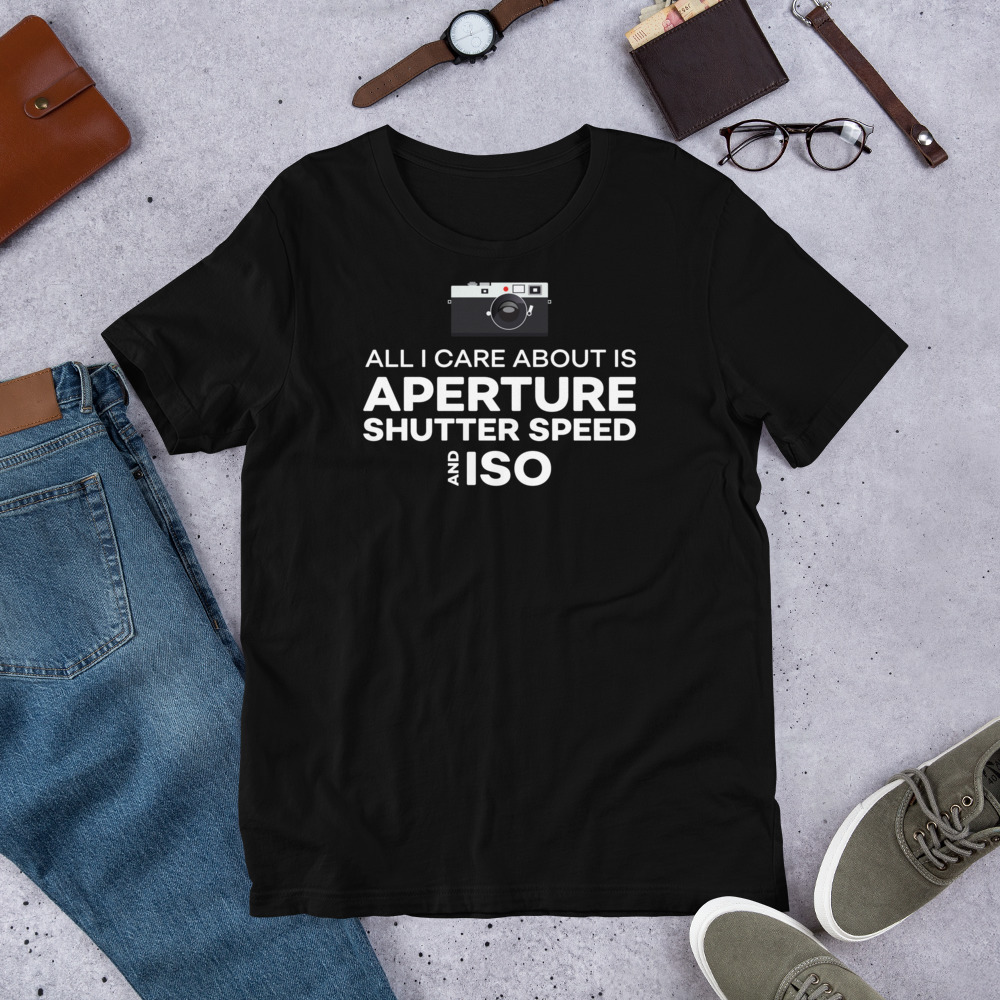
5 Things Models NEED to Know About Model Releases
As a model, it is important that you understand the basics of modeling releases. A model release is a document that gives the photographer permission to use the photos taken during a photo shoot for commercial use. It also protects the rights of both the photographer and the model in case any disputes should arise later on. In this blog post, we will discuss 10 things models need to know about model releases!
Legal Disclaimer: The information provided in this blog post is purely for educational purposes. We are not legal experts, and the content of this article should not be taken as professional advice.
Basic Permissions Given:
A modeling release will typically give the photographer permission to use the photos taken for any type of commercial or editorial use. This includes, but is not limited to, advertising, marketing materials, and books. Giving a photographer commercial use also means that they have the right to make copies and edit the photos or use them in any other way that falls under commercial use, which includes selling prints without sharing any profits with the model.
The modeling release should also state whether the photographer has exclusive rights or non-exclusive rights regarding the photos taken. Exclusive rights give the photographer full ownership of the photos, while non-exclusive rights allow other entities to use the modeling shots as well.
Tog Tip: Be sure to read the modeling release carefully and make sure that you are comfortable with the permissions given!
What Shouldn’t be in a Model Release:
A modeling release should never ask for more than basic permissions given, as this could lead to complications down the line. Examples of what should not be included in the modeling release include but are not limited to: personal information, such as an address; any sort of modeling guarantee that promises a certain amount of work or money; and any liability clauses.
Photographers Don’t Always Ask for a Model Release:
It is important to know that photographers sometimes don’t ask for modeling releases, especially if they are shooting for personal work. This is because the photographer actually owns the rights to all of the photos taken and can use them any way they choose without a release as long as it falls under personal use. For example, a photographer may use modeling shots for their own portfolio, blog, or website without receiving any form of permission from the model, but using the modeling shots for commercial use, such as advertising or marketing, will require permission from the model.
Keep in mind that because the photographer owns the rights to the modeling shots, they will have the final say on who can and cannot use them. If there is no signed model release, and a photographer decides you can not use the shots, you will not have any legal rights to them. The model release gives more control to the model regarding how their modeling photos are used.
Tog Tip: Make sure to ask the photographer if they are shooting for personal use or commercial use before the modeling shoot begins, so you can easily determine whether a modeling release is necessary.
Model Releases are NOT Needed for News and Educational Uses:
Model releases are not typically needed for news and educational uses, as it is assumed that the modeling shoots are used to illustrate an article or book discussing the modeling profession. Examples of this could be modeling tips or modeling advice articles, modeling documentaries, or modeling research.
Tog Tip: If you are going to be modeling for a news or educational article, make sure to check with the photographer or editor first and ask if they need your signature on a modeling release! Don’t be surprised if they don’t.
What About a Non-Release:
If you do not want to sign a modeling release and do not feel comfortable giving the photographer full permission to use your modeling shots, then you should consider creating a non-release agreement. A non-release contains basic information such as the modeling shoot date, location, photographer’s name, model’s name, and contact information. The non-release agreement should also include the modeling release information but state that you do not give full permission to the photographer and any other entities to use your modeling shots for commercial purposes.
Tog Tip: If you are worried about how the modeling shots will be used, create a non-release agreement and make sure both you and the photographer sign it! This will give you a bit more power to determine how your modeling shots are used.
Conclusion
Overall, modeling releases are incredibly important for models to understand and consider when shooting with photographers. It is ultimately up to the model to decide whether or not they want to sign a modeling release agreement that gives full permission of use or if they would prefer a non-release agreement that limits how their modeling shots can be used. When deciding what type of modeling release you should choose, make sure to take into consideration all of your rights as a model and know exactly what permissions you are giving away by signing either one. Be sure to read over any modeling agreements carefully before signing them so that you have peace of mind knowing your work will be protected!







